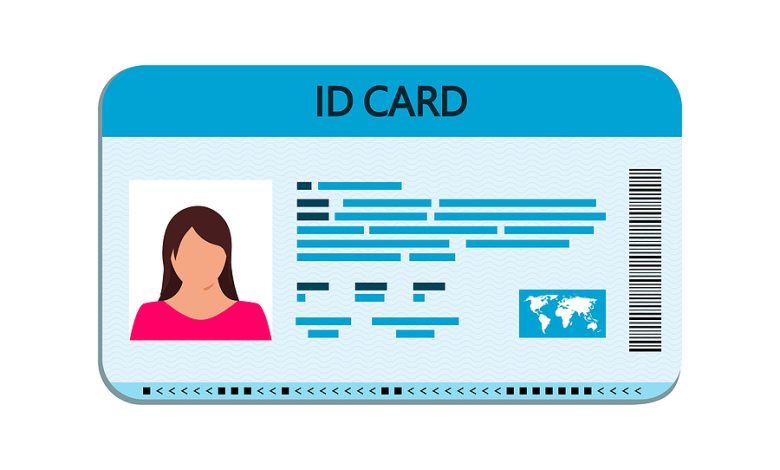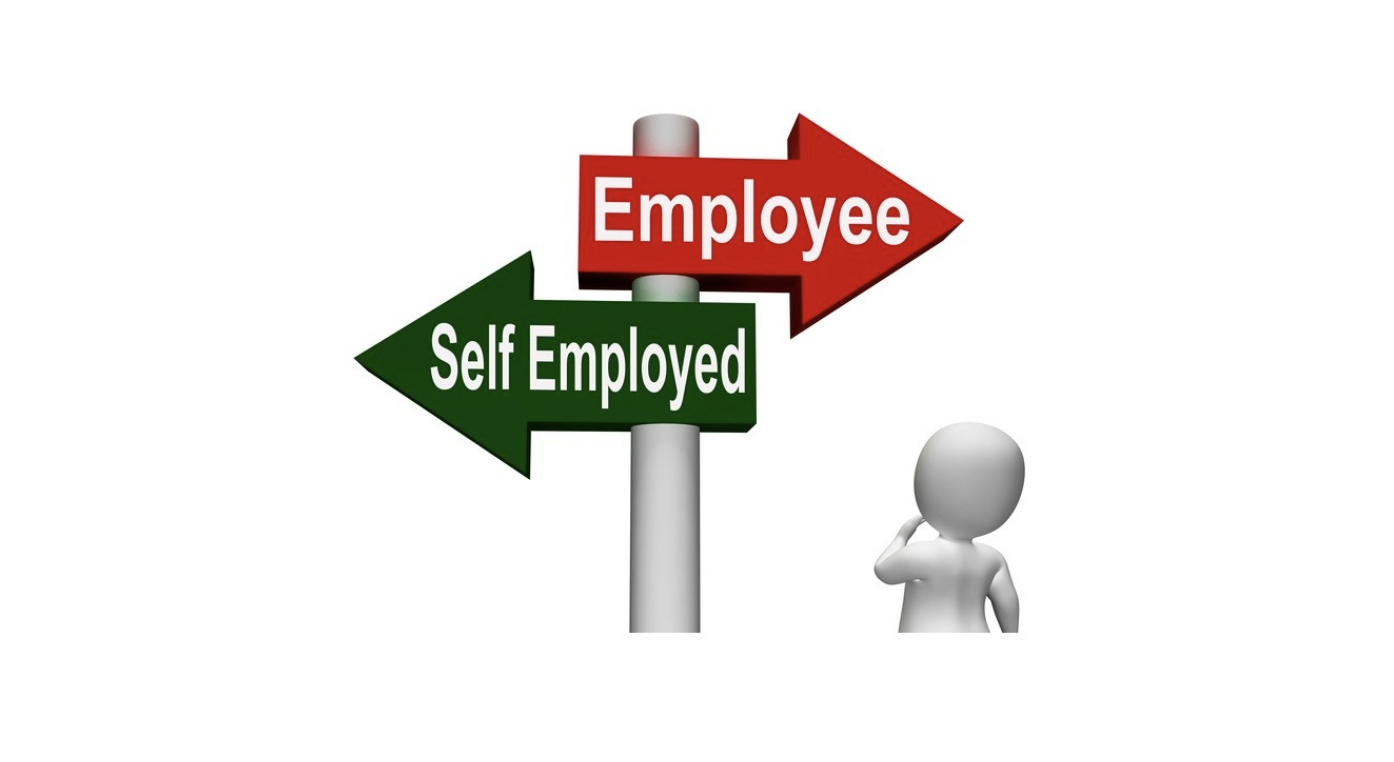Fake Id: Where and how to Get one

A fake ID is any form of identification that has been modified, forged, or used to misrepresent one’s identity. These IDs often mimic legitimate government-issued IDs like driver’s licenses, passports, and social security cards, but contain false information such as a different name, date of birth, or photo. The production, possession, and use of fake IDs are illegal and punishable by law in many countries.
Contents
People buy fake IDs for several reasons, including
- Underage Drinking: This is perhaps the most common reason. Individuals under the legal drinking age purchase fake IDs to buy alcohol or gain entry into bars and clubs.
- Access to Restricted Venues: Similar to underage drinking, fake IDs can be used to gain entry into events or places that have age restrictions, such as concerts, nightclubs, and casinos.
- Purchasing Age-Restricted Products: Besides alcohol, there are other products like tobacco and vaping products, certain medications, and R-rated movie tickets that have age restrictions.
- Identity Concealment: Some individuals might use fake IDs to hide their real identity, either for privacy reasons, to avoid legal consequences, or to commit identity theft and fraud.
- Social Pressure: Among some peer groups, there might be a perceived prestige associated with engaging in adult activities. Teens and young adults might use fake IDs to fit in or gain acceptance.
- Financial Crimes: Fake IDs can be tools for committing financial fraud, such as opening bank accounts under false identities, and applying for loans, or credit cards.
Despite the motivations behind obtaining a fake ID, it’s important to understand the legal and personal risks involved. Getting caught with a fake ID can lead to severe consequences, including fines, community service, criminal records, and in some cases, imprisonment. Additionally, the use of fake IDs can contribute to broader societal issues, such as underage drinking and financial fraud.
How to Identify Fake ID
Identifying a fake ID involves examining various aspects of the ID for authenticity. While counterfeiters are becoming more sophisticated, several common indicators can help distinguish a genuine ID from a fake one. Here are some techniques and features to look for:
Physical Inspection
- Material and Texture: Genuine IDs are usually made from specific materials like PVC (polyvinyl chloride), Teslin, or Polycarbonate. Fake IDs might feel flimsy, too thick or thin, or have an incorrect texture.
- Edge Inspection: Authentic IDs have smooth, even edges. A rough or uneven edge can indicate the ID has been tampered with or is counterfeit.
- Tactile Features: Many IDs have raised text or features, such as a raised signature or date of birth. The absence or poor quality of these features can be a sign of a fake ID.
Visual Examination
- Holograms and UV Features: Most modern IDs have holograms or ultraviolet features that are visible under specific lighting conditions. A lack of these features or poorly replicated holograms are indicators of a fake.
- Microprint: Many IDs include microprint—tiny text that is difficult to replicate accurately without high-quality printing technology. This text often appears as a straight line to the naked eye but can be seen under magnification.
- Font and Text Alignment: The font type, size, and alignment should be consistent throughout the ID. Any irregularities in the text can indicate a forgery.
- Photograph and Signature Quality: The photo and signature should match the person presenting the ID. Also, check for signs of tampering or poor quality in these elements.
Informational Checks
- Check the ID’s Details: Verify the date of birth, expiry dates, and other personal details. Sometimes, fake IDs have incorrect dates (e.g., issuing dates that fall on weekends or public holidays) or spelling errors.
- Barcode and Magnetic Stripe: Many IDs have a barcode or magnetic stripe that encodes the information on the ID. Scanners can verify if this information matches what’s printed on the ID.
Use of Technology
- ID Scanners: Specialized scanners can read barcodes and magnetic stripes, instantly verifying the encoded information and highlighting discrepancies.
- Validation Guides: There are guides and reference materials available that detail the security features and design elements of IDs from various states and countries, which can be used to compare against the ID in question.
Behavioral Indicators
- Behavioral Cues: Sometimes, the behavior of the person presenting the ID can also be a clue. Nervousness, hesitation, or unfamiliarity with the information on the ID may warrant a closer inspection.
It’s important to remember that identifying fake IDs is a complex task that requires attention to detail. While these tips can help, counterfeit IDs are constantly evolving, and staying informed about the latest security features and technologies is crucial. In professional settings, training and the use of specialized equipment can significantly enhance the accuracy of identifying fake IDs.
Top of Form
Bottom of Form



